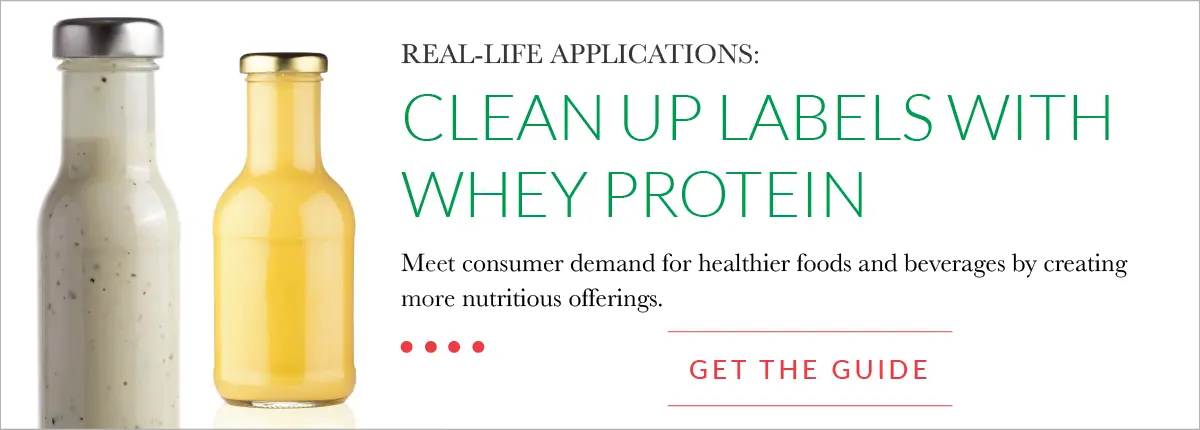
According to Google Trends, the term “foodie” first started trending in 2004. 16 years – and millions of Instagram pictures & Yelp reviews – later, self-proclaimed foodies have risen in numbers and cemented themselves as a mainstream consumer group.
What is a “Foodie”?
While there are hundreds of ways to describe foodies, in its most basic definition, foodies are consumers who are deeply interested in exploring the world of food and beverages. Whether this means an increased desire to try new adventurous dishes, regularly seeking out specialties, a love for all things all-natural, or constantly staying up-to-date on the latest food trends and restaurant offerings, when it comes to food, foodies are obsessed.
To fuel their obsession, foodies will go to great lengths to find the most appetizing and highest quality products they can. Other terms often associated with this consumer group are gourmet or gastronome, but foodies don’t limit their experiences solely to fine dining or specialty markets. While those establishments certainly have their appeal, their adventures may also include local diners, food trucks or out-of-the-way eateries.
To put it simply, for foodies, eating is more than just an act; it’s an experience. They revel in a meal and consider all its facets including its ingredients, where they were sourced, preparation methods, who made the meal and their personal history. And, of course, food needs to appeal to all their senses, making taste, texture, aromas and presentation paramount.
Why Food & Beverage Manufacturers Should Care
The foodie revolution has significantly influenced today’s culture, and many of today’s consumers are being more adventurous with their food choices (even if they don’t self-identify as a foodie). As a result, food manufacturers, restaurants and grocery stores need to acknowledge the growing demand for high-quality, uniquely delicious foods and memorable food experiences.
While consumers want to broaden their horizons, they're also honing in on more specialized options. The desire for all-natural, clean label foods is, in part, a result of the influence that foodies have had on our culture. The demand is now considered universal, with nearly half of households saying they actively seek out clean label products to gauge their health benefits.
Contrary to popular perceptions, the demand isn’t just reserved for Millennials and the generations that came after them. Approximately one in three individuals who purchase clean label products are over the age of 55. In all, 69% of people say that reading food labels influences their purchasing decisions. Choosing healthy food is now a priority for the majority of consumers, but they’re not willing to compromise on flavor.
This could explain that, while some prefer plant-based foods, many thumb their noses at high protein alternatives such as imitation meats like the Impossible Burger. Not only are they lacking in flavor and texture, such products are often less nutritious than their natural counterparts, containing higher levels of sodium, sugar, fat and carbs, and less protein. They also often contain a laundry list of questionable ingredients such as xanthan gum and others. When it comes to plant-based foods, green isn’t always clean.
Going Beyond Clean Labels
In addition to the ingredients on labels, consumers pay attention to where those ingredients come from and how they were sourced. Sustainability, ethical sourcing and social responsibility are increasingly important, as evidenced by one-quarter of U.S. consumers actively engaging in online conversations on social media about responsible food sourcing. Cage-free eggs are favored over those coming out of mass production and grass-fed beef wins out over grain-fed any day.
Among the concerns of consumers, in general, is the impact that food production and their personal choices have on climate change, with 75% of Americans indicating they’re worried about it. As a result, many corporations are pledging to go green — from eliminating plastic straws, to recycling waste water, to recapturing CO2 emissions, and many other eco-friendly efforts.
Foodies are leading the charge, but all consumers have clearly become more passionate about their food choices and how those choices impact more than just their personal well being. Accordingly, they’re willing to pay more to back it up, and have a strong desire to try new things.
RELATED: Does Whey Protein Have a Sustainable Chain of Custody?
Appealing to Foodies
In order to capitalize on this valuable consumer segment, there are several strategies that food and beverage manufacturers and restaurants can use to win over foodies everywhere:
- Go gourmet. Consumers are much more interested in gourmet and specialty foods. In fact, the growth of specialty food sales outpaced all U.S. retail food by a margin of three to one. Make your products more gourmet by using and highlighting high-quality, natural and specialty ingredients.
- Don’t just target one consumer group: Those who are concerned about clean labels, ingredient transparency and responsible corporate initiatives span generations. Conscious consumers aren’t limited by demographics.
- Go green. With today’s consumers being more health-conscious about the things they eat, even non-foodies are interested in trying the latest health food trends. By using more natural ingredients in your foods, you’ll win over both foodies and everyday, health-conscious consumers.
- Promote superfoods. When it comes to health food and foodies, there’s nothing better than finding a food that tastes amazing and is also equally great for you. Known as “superfoods,” these culinary wonders are highly sought after by consumers (especially foodies), and are known to have the Midas Touch effect when incorporated with other products.
How Grande Custom Ingredients Group Can Help
Though you might not associate whey protein ingredients with foodies, it is considered by many to be a super food that is highly desirable by many in this segment. Our innovative line of all-natural whey protein ingredients can help food manufacturers and restaurants create a variety of healthy and gourmet dishes that will capture the attention of foodies everywhere. That’s because whey protein is a trusted and recognized ingredient that aligns with their discerning preferences for clean labels, ethical practices, sustainability and regional sourcing.
Our patented production process starts with fresh Grade A milk and uses zero chemical modifications, additives, preservatives or antibiotics throughout. It’s also gathered from our local producer dairy farms located in the heartland of the United States (not a commodity product that’s imported from questionable countries of origin).
When used as an alternative to cream, milk, butter and eggs, natural whey protein ingredients improve the nutrition of your food by lowering calories and fat. They’re also specially formulated to maintain or improve the texture, mouthfeel, and even the taste of your formulations… all at a cost savings.
Want to learn more about how Grande Custom Ingredients Group can help you clean up your labels and reformulate products to appeal to foodies and consumers who are passionate about food? Click the link below! Or, reach out to our food scientists to discuss your toughest formulation challenge.




